Badlands Media will always put out our content for free, but you can support us by becoming a paid subscriber to this newsletter. Help our collective of citizen journalists take back the narrative from the MSM. We are the news now.
With new wars, a House ‘leadership crisis,’ escalating weaponization of government, and an irreparably broken economy, it’s easy to forget that there have been widespread labor strikes in 2023 that are unprecedented in recent memory.
312 Strikes in 2023
According to CNBC:
Altogether, there have been 312 strikes involving roughly 453,000 workers so far in 2023, compared with 180 strikes involving 43,700 workers over the same period two years ago, according to data by Johnnie Kallas, a PhD candidate at Cornell University’s School of Industrial and Labor Relations, and the project director of the ILR Labor Action Tracker.
The less beautiful people in Hollywood received the most attention over the summer, but after striking for almost 150 days, the writer’s reached a deal with studios and voted to end the strike on Wednesday, September 27th.
They got most of what they wanted:
“The deal will last until May 2026 and includes a 5% minimum pay increase upon the ratification of the contract. Another 4% bump will occur on May 2, 2024, and another 3.5% increase will be instituted on May 5, 2025. Writers were able to gain significant protections against the use of artificial intelligence. Namely, AI cannot write or rewrite literary material and AI-generated material will not be considered source material. When it comes to streaming, the guild negotiated a new residual based on viewership.”
It’s unclear from the reporting if they negotiated protections for the “writer’s room” and staffing minimums – demands mentioned in many of the members’ testimonials on the WGA Contract 2023 website.
Regardless, that strike has now concluded since, as of Monday, 99% of its members ratified the deal. I expect we will be having a much more in-depth conversation about AI when the deal expires in 18 months. More on that below.
More recently, the United Auto Workers took to the picket line and made US labor history when, the same day the agreement was reached between the writers and the studios, they were joined for the first time in history by a sitting US President.

According to PBS:
“The UAW’s current demands include a 46-percent pay increase; a 4-day work week with overtime pay beyond 32 hours; union representation at new electric battery plants; and the end of employment tiers that created two classes of employees – one older that is better paid and receives more benefits and a second, younger tier that was hired after 2007.”
Millennials have entered the labor negotiations. This is detached from reality, but, in #Bidenomics, they might as well ask for unicorns and world peace.
One of the triggers for the auto and steel worker walk-off was the widespread and ongoing reductions-in-force happening. As the UAW strike enters its 25th week, automakers continue issuing pink slips, with another round of layoffs announced Monday.
Biden’s economic policy and unprecedented spending have destroyed US manufacturing, so his presence at the picket line is astonishing. It’s also very telling.
In a recent speech, President Trump said:
“The auto industry is being assassinated.”
President Donald J. Trump
While everyone has heard of the WGA and the UAW strikes, there has been an increase in what Axios is calling “worker activism” throughout this “Summer of Strikes” in many industries and varying numbers. From 84 Amazon workers to 1,400 Electrical workers to 3,000 Starbucks workers to 75,000 from Kaiser Permanente, the calls to reshape the relationship between employee and employer caught fire in 2023.
Many are cheering it on. Worker’s of the world unite.
But as the auto manufacturers are trying to tell everyone with their layoffs, it just takes fewer people to deliver the same products and services in 2023. And while the labor efforts are well-coordinated, on message, and have popular support, the actions of the employers are based in black or red economics.
Expectation vs. Reality
The expectations of striking workers are things we all want:
Better pay, better conditions, better quality of life, the ability to have a life. On paper, these demands recall a simpler time in America where an electrician or a steel worker could own a home, with a stay-at-home wife, a couple of well-fed kids, and a pension.
Expectations
It’s a nice, albeit naive, thought to think we could ever return to that world without destroying the global corporate communist machine that planned and delivered our current reality.
Life in America requires two incomes.
According to the Bureau of Labor Statistics:
“CE data show that, among U.S. households, dual-income households have been a majority for at least the last two decades. The percentage of dual-income households was fairly stable between 1998 and 2017, ranging from 52 to 58 percent. (See figure 1.) In this article, a dual-income household is defined as one in which one spouse works full time and the other works at least part time.”
US birth rates are declining across every demographic, down 20% over the past decade. Many couples are opting not to have children.
According to Statista:
“In 2021, there were around 3.66 million live births in the United States. Like many other developed countries, the birth rate in the U.S. has decreased over recent decades, in part due to young adults postponing having children and the use of contraception.”
While pensions are still a provided benefit for workers in many industries, they’re all insolvent unless you change the definition of insolvent to claim they’re not.
These conditions did not come about organically. Doubling the tax base and reducing the population, while bankrupting the system kind of sounds like laying groundwork for the Great Rest to the New World Order.
Still, notice their social outcomes among the workers of the world: Demoralization, disillusionment, and demands that are detached from reality.
The expectations of the striking UAW workers – four-day work weeks, huge pay bumps, and companies that prioritize workers at the expense of profitability – come from the global communist vision of a (much less populated) utopia.
Millennials, Social Justice, and Work
Dave Ramsey once said, “There are two types of ‘millennial’: Awesome and Sucks.” I know many that are awesome.
Everyone knows the ones that suck.
This is the generation that brought unbridled social justice into the workplace — and into the brands and their products — and they are now the first digital native generation to reach the union negotiating table.
The millennial generation might actually destroy entire industries because of unrealistic expectations.
And it’s not really their fault.
Millennials have been drowning in communism since birth, as digital natives, with their media programming and academic education intentionally developed to influence their world view. The same influences that forgot to teach them consequences are now standing beside them on the picket line. By design.
The corporations that embraced millennial demands, pumped social justice programs, and bet their success – and brand – to the point of requiring mass reductions in force, are now seemingly on the other side of the picket line — on the other side of their employees’ “worker activism.”
The expectations they created in their workforce, if continued, will destroy the industry as they know it.
Is that actually the point?
Reality
Trump is 100% correct that the auto industry is being assassinated, considering optimization policies streamlined and automated many manufacturing processes, and global sourcing policies moved many of the remaining jobs outside of the US.
And more is coming.
Global corporations have been making investments in automation, robotics, and artificial intelligence for over a decade, and what you’re witnessing is the return on that investment.
There has been a discussion about the ‘future of work’ happening in global corporations for almost ten years for a reason:
There are going to be fewer jobs than people.
The globalists know this – they designed it.
This article from McKinsey in 2020 appears to be a response to Covid-19 and remote work, but pay attention:
“Even before the current crisis, AI, automation, and other technologies were already creating major shifts in required workforce skills. In 2017, our scenarios suggested that by 2030, up to 375 million workers (14 percent of the global workforce) would have to switch occupational categories.” — Mckinsey, “The future of work,” July 2020
They were measuring this in 2017 because they were studying it. They were studying because they knew their actions would bring about these consequences.
How could they know?
Because the world that brings about these impacts to the global talent landscape is the world they’re designing.
McKinsey – and the other large and medium professional services firms – deliver “solutions” to “problems” in every sector of every industry in every geography in the world. They are in the automotive and manufacturing industries, and they are in media and entertainment, healthcare, retail, forestry, aerospace, and agriculture. Their client list includes the top players in every industry, and they hire McKinsey to solve every conceivable problem.
Oh, and McKinsey is the strategic partner of the World Economic Forum. They’re essentially the world’s strategy firm, and their influence touches every aspect of human life.
They’ve been talking about their vision for future of work for a very long time. The time to strike would have been long before they laid the infrastructure to bring that future about.
“By 2030, up to 375 million workers (14 percent of the global workforce) would have to switch occupational categories.”
Software can now replace entire skill sets that once required full time employees. Predictive analytics and generative AI have replaced entire disciplines as the machines can get to output faster and with more accuracy than humans. Robots are assembling where humans once stood.
And the optimization of traditional work is not going to stop. We know this because the transformation is full steam ahead.
Just ask McKinsey.

A Time to Strike
Remember, the auto companies were still laying people off on Monday. As much as 62% of some manufacturing work forces have been eliminated in the middle of a strike where the UAW is demanding a four-day work week.
There is a reason the WGA contract is only for 18 months. As generative AI becomes more sophisticated, the studios will have significantly greater leverage in the creation of content.
In the beginning of the WGA strike, I wanted to stand with the writers, but I kept getting hung up by their demands. I said early on that the transformation the writers were experiencing was the same transformation that every company went through for a decade earlier in the name of optimization.
But that isn’t quite right.
The corporate back offices of the auto companies and studios and hospitals were streamlined back then, but corporate back offices don’t unionize, and they certainly don’t strike.
Their transformation – their jobs being eliminated for efficiency – was celebrated. CFOs rained transformation dollars, and “redundant” workers, if they were lucky, got some sort of severance. Many didn’t.
The transformation that is happening now is different in that this strike is like both a first and final stand.
The transformation of our society is endgame, it’s here, and the final stand is likely too late. The time to strike would have been – at the latest – 2017 in my opinion, but these strikes never stood a chance. Maybe if they were striking to protect our liberty and way of life there could have been a course correction. But the demands across industries prove the “Summer of Strikes” to be self-interested and delusional, driven by greed in denial of an industry talent model that no longer exists.
They might get some of what they want in the short term, but any deals reached will be short-lived because the bigger picture is a long game.
Ignore the inevitable – in a world addicted to progress – at your own peril.
And learn to code, I guess.
Badlands Media articles and features represent the opinions of the contributing authors and do not necessarily represent the views of Badlands Media itself.
Ashe in America hosts Culture of Change on Badlands Media, Sundays at 6PM ET. If you enjoyed this contribution to Badlands Media, please consider checking out more of her work for free at Ashe in America.




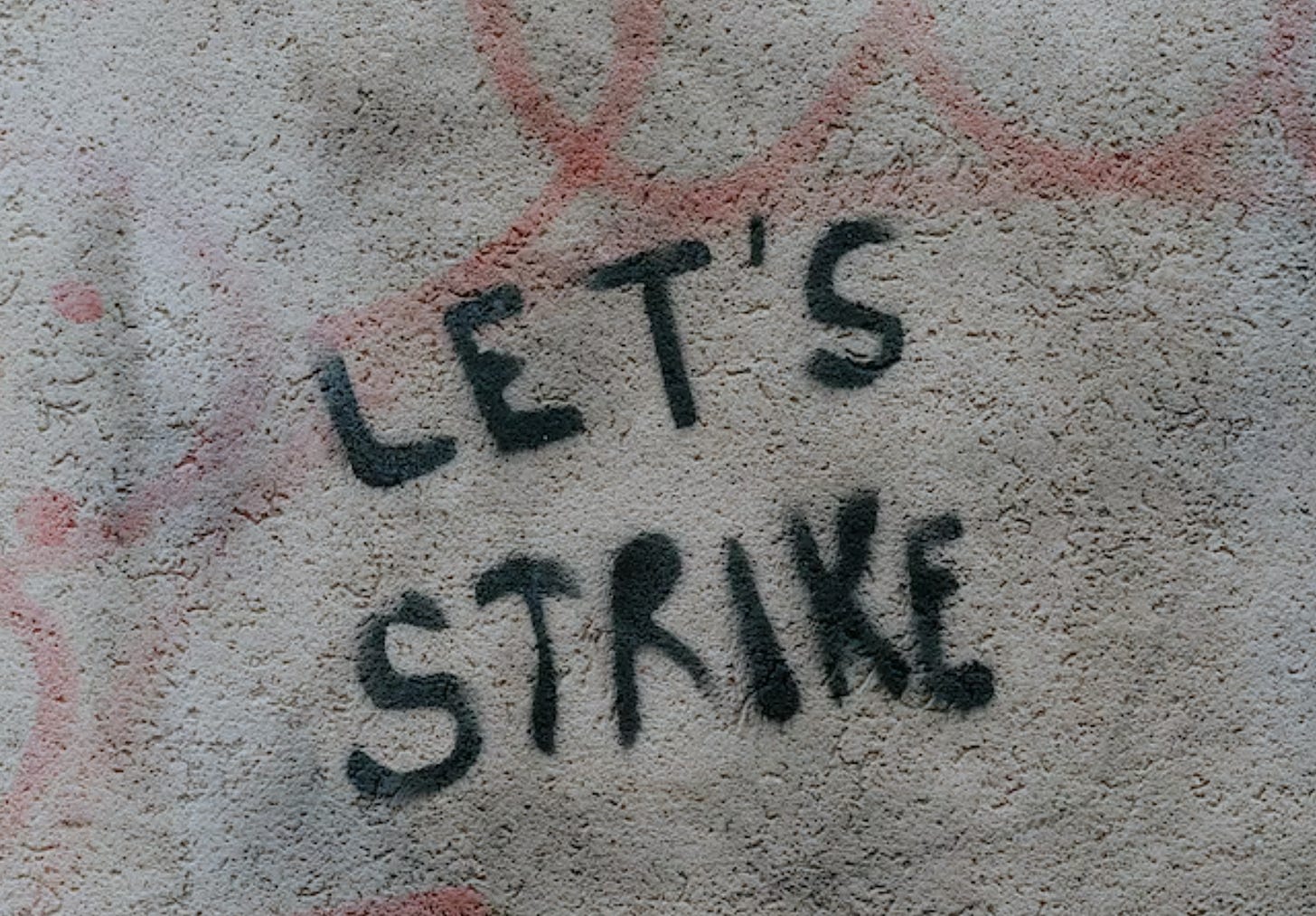
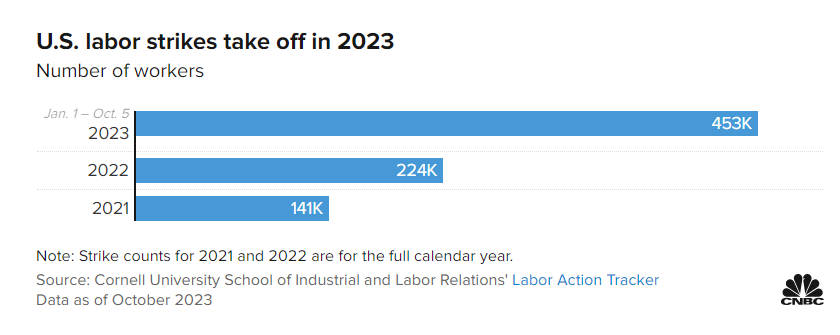

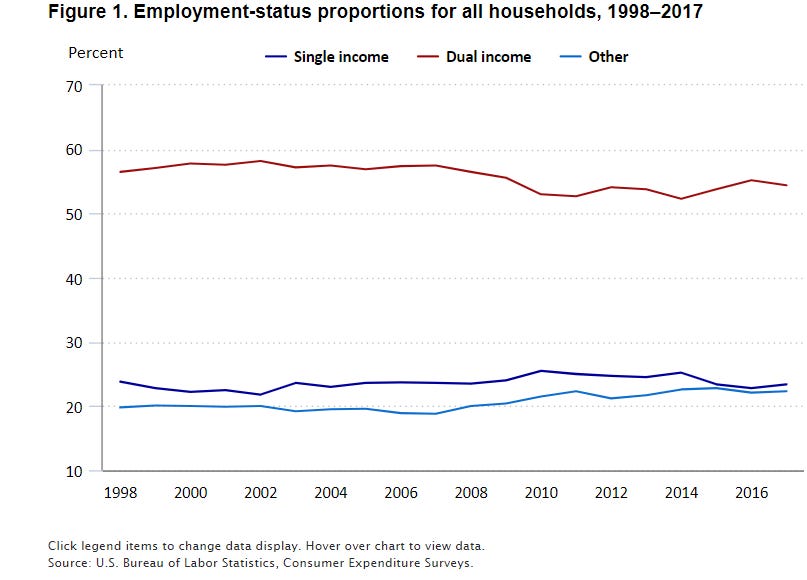
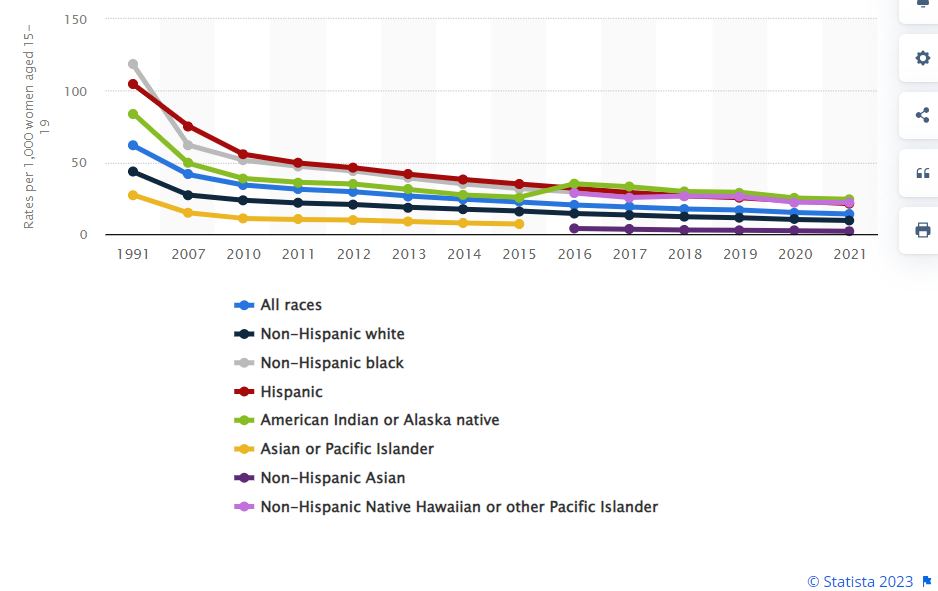
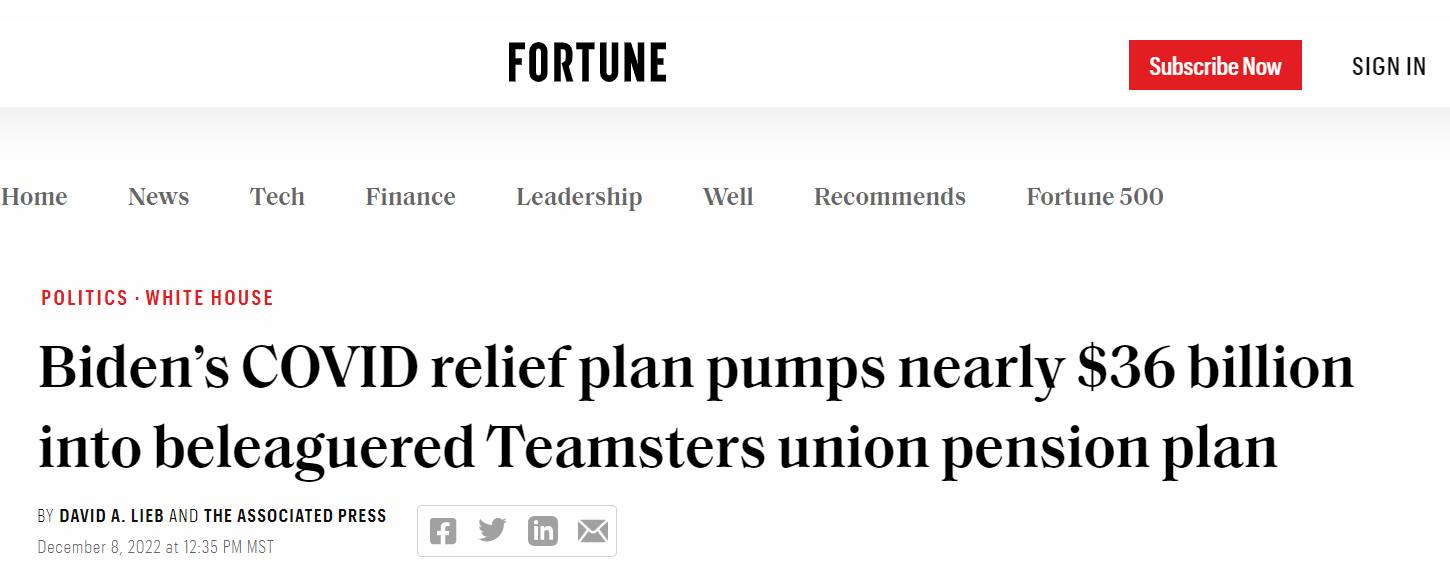
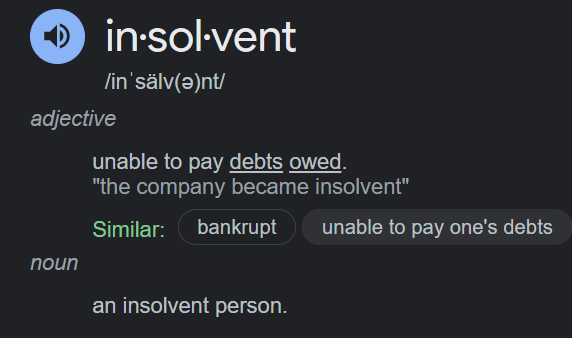
I loved this article. I love your takes on the Daily also. I always skim through first and see how many takes you have!
The strikes are just more of the organized chaos that defeats American’s optimism. It’s no different than the train derailments, or chicken farms burning. They are always attacking the infrastructure, the very heart of our country. Car manufacturing is symbolic of a heralded and historic time in the United States. It symbolizes the middle class, blue collar workers, America and apple pie.